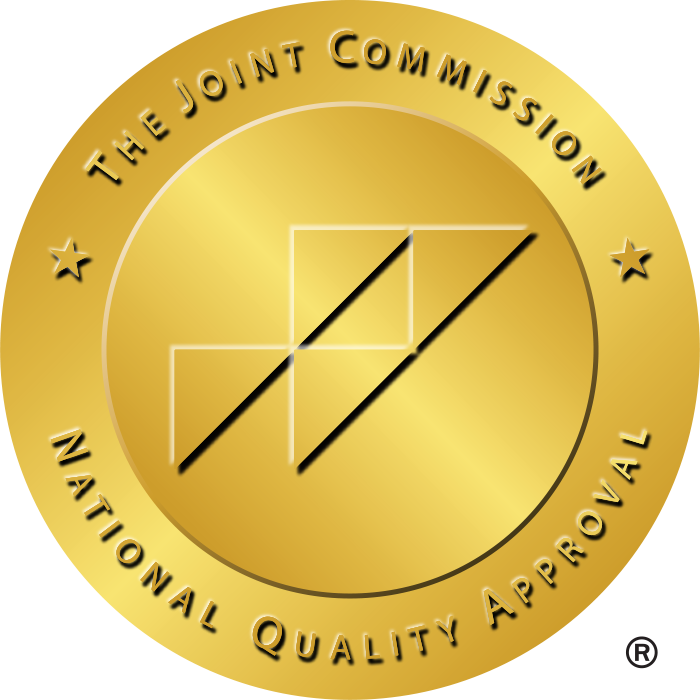Comparing Travel Physical Therapist Assistant vs. Permanent Physical Therapist Assistant Jobs
Are you a physical therapist assistant but aren’t sure which career path is right for you? The healthcare industry is expanding rapidly. Hence, physical therapist assistant jobs are rising in demand significantly. This is because the US is facing a critical shortage of healthcare professionals. Because physical therapist assistant jobs entail a wide range of responsibilities, they often fill the staff shortage gaps.
However, understanding the difference between permanent and travel jobs is essential, regardless of whether you’re just beginning your career or looking to make a transition. Choosing between travel physical therapist assistant jobs and permanent physical therapist assistant jobs can be a significant decision.
Both options come with unique perks and challenges. Hence, weighing the pros and cons of both is important to determine which fits your lifestyle and career goals best.

What is a Travel Physical Therapist Assistant Job?
Travel physical therapist assistant jobs are temporary assignments that typically last 13 to 28 weeks, with the option to extend. Physical Therapist Assistants in these roles move between locations, often filling in for staff shortages at hospitals, clinics, or rehabilitation centers. These roles fall under the broader umbrella of travel healthcare jobs, much like travel nurse jobs and travel surgical tech jobs.
Pros of Travel Physical Therapist Assistant Jobs
1. High Pay Rates
Travel physical therapist assistant jobs are very well compensated with high salaries as compared to permanent roles. The travel physical therapist assistant salary often compares to the salaries of many high-demand fields.
2. Adventure and Flexibility
If you enjoy traveling and variety, travel physical therapist assistant jobs are the ideal path for you. This is because on travel assignments, you get to explore new cities and may even countries if you pursue cross-country assignments.
3. Networking Opportunities
Travel jobs are available in diverse medical settings. Due to this exposure to diverse settings, you can expand your skills and connections across the healthcare sector.
4. Housing and Travel Allowances
Travel jobs often come with many financial perks, including housing stipends, travel reimbursement, and much more. This way, you can reduce your living expenses significantly, even in metropolitan cities.
5. Quick Career Advancement
Travel positions are available in diverse medical settings. Hence, travel physical therapist assistants get to work in different facilities, which allows them to gain experience in varied clinical settings. This way, you can fast-track your skills and gain knowledge and experience from different cases. This will boost your resume significantly.
Cons of Travel Physical Therapist Assistant Jobs
1. Lack of Job Stability
With short-term contracts, you’re always preparing for the next role, unlike permanent physical therapy jobs near me that offer stability.
2. Licensing Requirements
Moving between states may require multiple physical therapist assistant licenses or CEUs. This is because each state has its own licensure requirements.
3. Social Disruption
Travel jobs require constant relocation. Due to this, personal relationships and lifestyle stability are deeply. Without a long-term stay, it’s difficult to maintain friendships and relations.
4. Inconsistent Benefits
Not all travel physical therapist assistant jobs are the same. Although the benefits and perks of travel jobs are what make them lucrative. However, some employers offer even fewer benefits than traditional full-time roles. This is because many travel jobs do not offer long-term benefits like health insurance and retirement plans.
What is a Permanent Physical Therapist Assistant Job?
Unlike travel jobs, permanent physical therapist assistant jobs offer long-term placement in clinics, hospitals, nursing homes, or private practices. These roles provide consistency and routine, ideal for individuals looking for a more grounded career path. Think of it like comparing remote physical therapy jobs to in-person therapy jobs—both serve vital roles but offer different experiences.
Pros of Permanent Physical Therapist Assistant Jobs
1. Job Security
A consistent schedule and reliable income often make permanent physical therapist assistant jobs very considerable. Unlike travel jobs, permanent roles have steady monthly incomes and daily schedules. Their responsibilities are consistent, which makes the job very secure.
2. Stable Benefits
The benefits of full-time positions are very good. They often come with paid time off, health insurance, and retirement plans. However, these benefits are for the long term. However, there are not many short-term benefits like travel jobs.
3. Deeper Patient Relationships
When you are constantly in touch with a patient throughout their recovery, it builds rapport with patients. Due to this continuity of care, physical therapist assistants can offer long-term recovery benefits.
4. Professional Growth Within One Setting
Staying in one location for decades gives the opportunity to grow into supervisory or administrative roles. This is because it helps them gain deep insights into the medical setting, allowing them to understand the operations better than anyone else.
5. Work-Life Balance
Permanent physical therapist assistant jobs do not require relocation for every assignment after every few weeks. Hence, permanent roles offer a routine that enables professionals to have a stable home life.
Cons of Permanent Physical Therapist Assistant Jobs
1. Lower Pay Compared to Travel Jobs
Although permanent physical therapist assistant jobs offer competitive salaries. However, compared to travel jobs, the earning potential falls a bit short. This happens with most comparisons of permanent and travel jobs.
2. Less Variety
Over time, when you work in the same facility, things start to become repetitive. Due to this, many physical therapist assistants complain about job satisfaction. Even though the job is very versatile with a host of responsibilities. However, at one point, you have seen it all.
3. Limited Geographic Flexibility
In permanent physical therapist assistant jobs, professionals are mostly tied to a single location. Due to this, they miss out on adventurous experiences in other states. This geographical limitation also limits their potential to work in diverse healthcare settings.
Which One is Right for You?
The choice between travel and permanent physical therapist assistant jobs largely depends on your personal and professional goals. Consider the following:
- Are you seeking adventure, higher pay, and rapid skill development? If your answer is yes, then travel jobs are the right choice for you.
- Do you value consistency, stable benefits, and deeper workplace relationships? If you said yes, a permanent role may be your best fit.
It’s worth noting that both paths can lead to excellent career opportunities in allied health professions. Additionally, students exploring Physical Therapist Assistant jobs may also consider physical therapist aide jobs near me or certified medical assistant jobs as entry points. You can take help from healthcare staffing agencies to find suitable jobs that suit your expertise and goals.
Final Thoughts
Whether you pursue travel Physical Therapist Assistant jobs or permanent physical therapist assistant jobs, the healthcare sector is filled with promising opportunities. Use your preferences as a compass—whether it’s pay, stability, flexibility, or patient care focus—to choose the path that suits you.
By staying informed and open to adjacent fields like occupational therapy jobs, anesthesia tech jobs, and physician assistant salary comparisons, you position yourself for long-term success. So whether you’re searching for “physical therapist assistant jobs near me” or exploring allied travel careers, know that your options are vast and fulfilling in today’s booming healthcare job market.
Ready to Take the Next Step? Connect with the best healthcare staffing agency to explore hundreds of openings in your area by searching for “physical therapist assistant jobs near me,” “physical therapist aide jobs near me,” or “travel physical therapist assistant jobs”—and get started on the path that matches your dreams.







